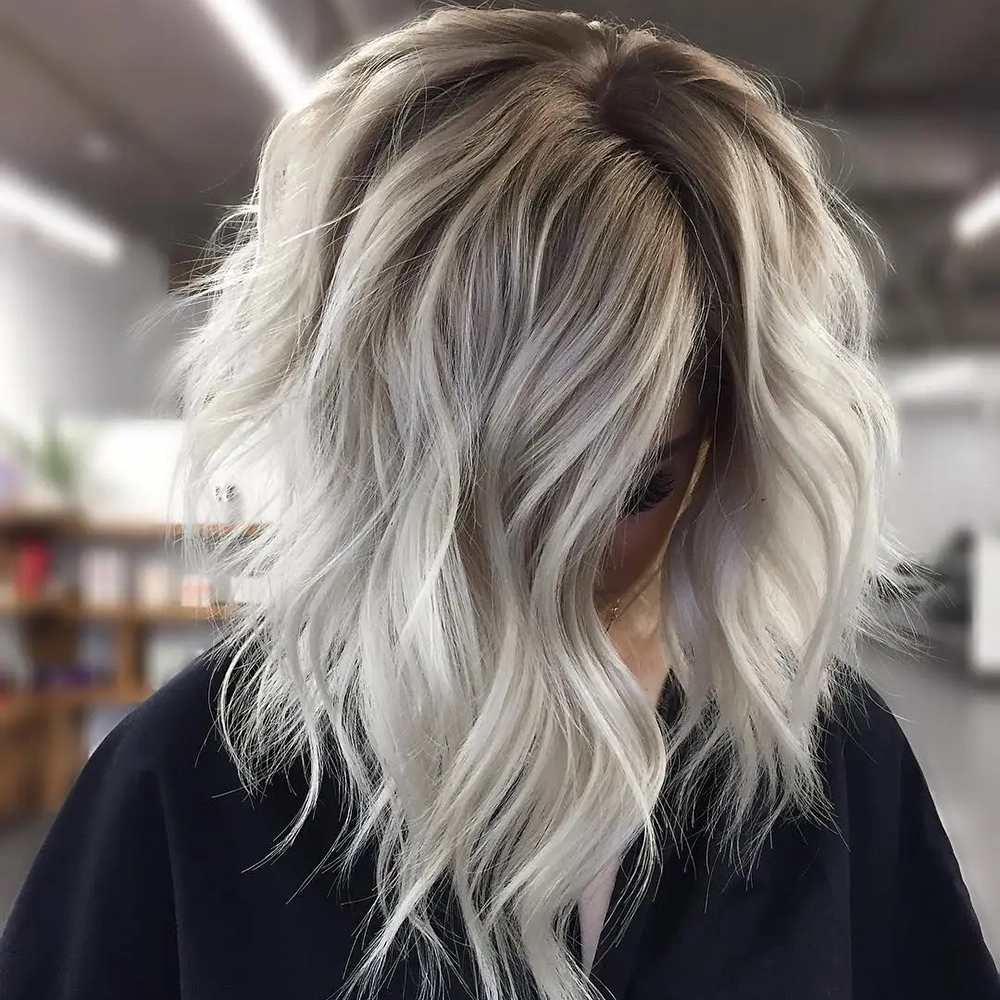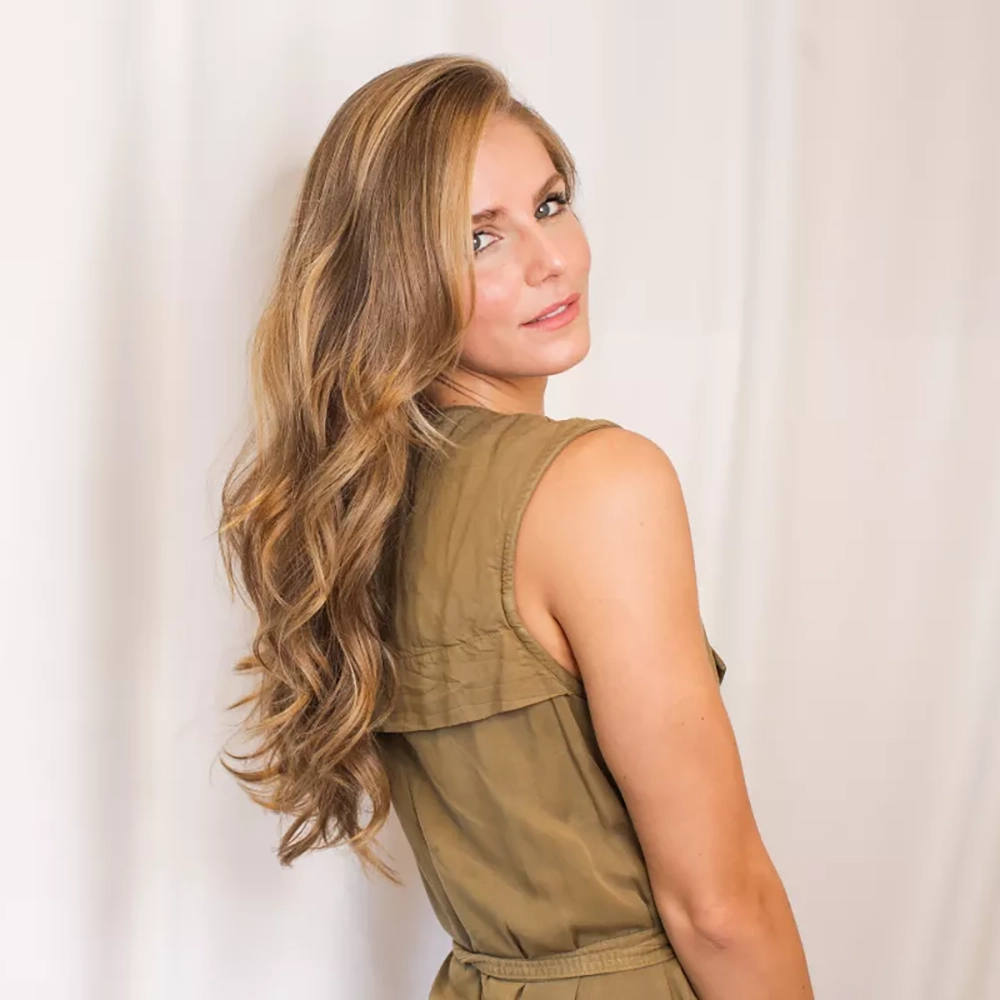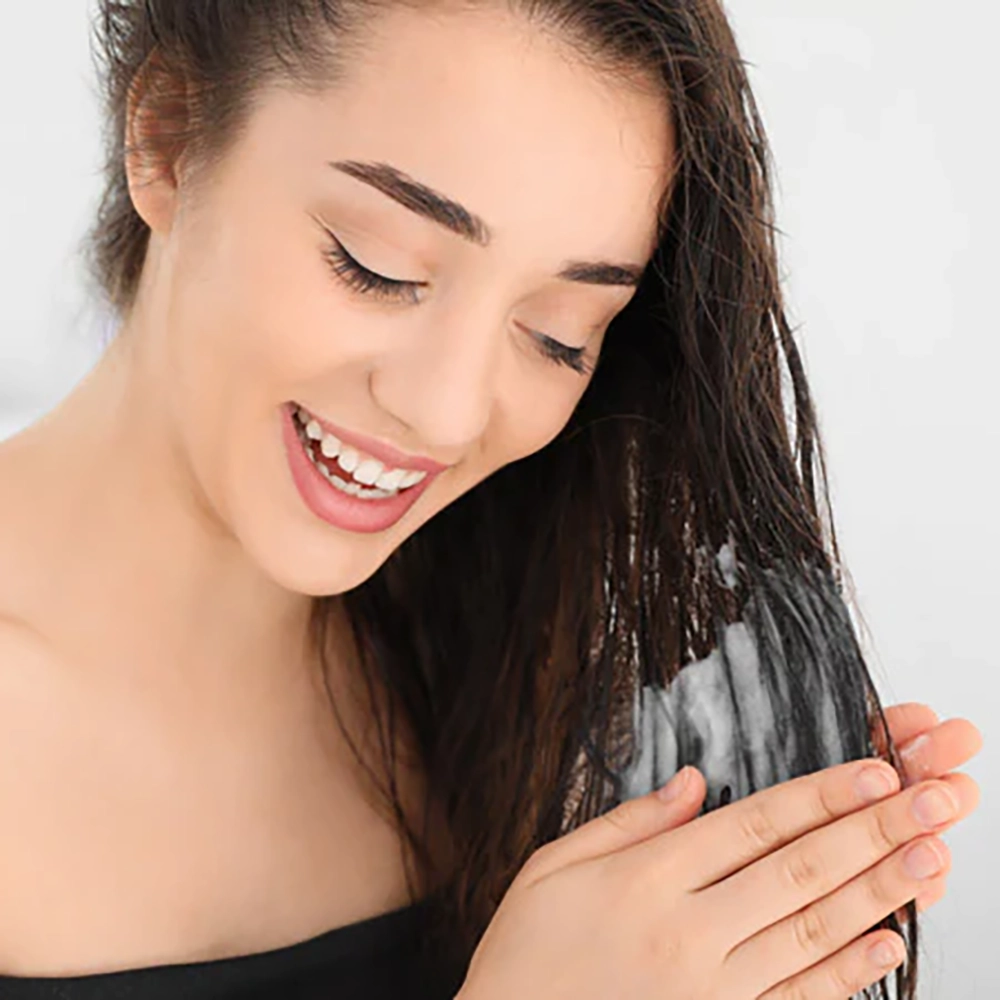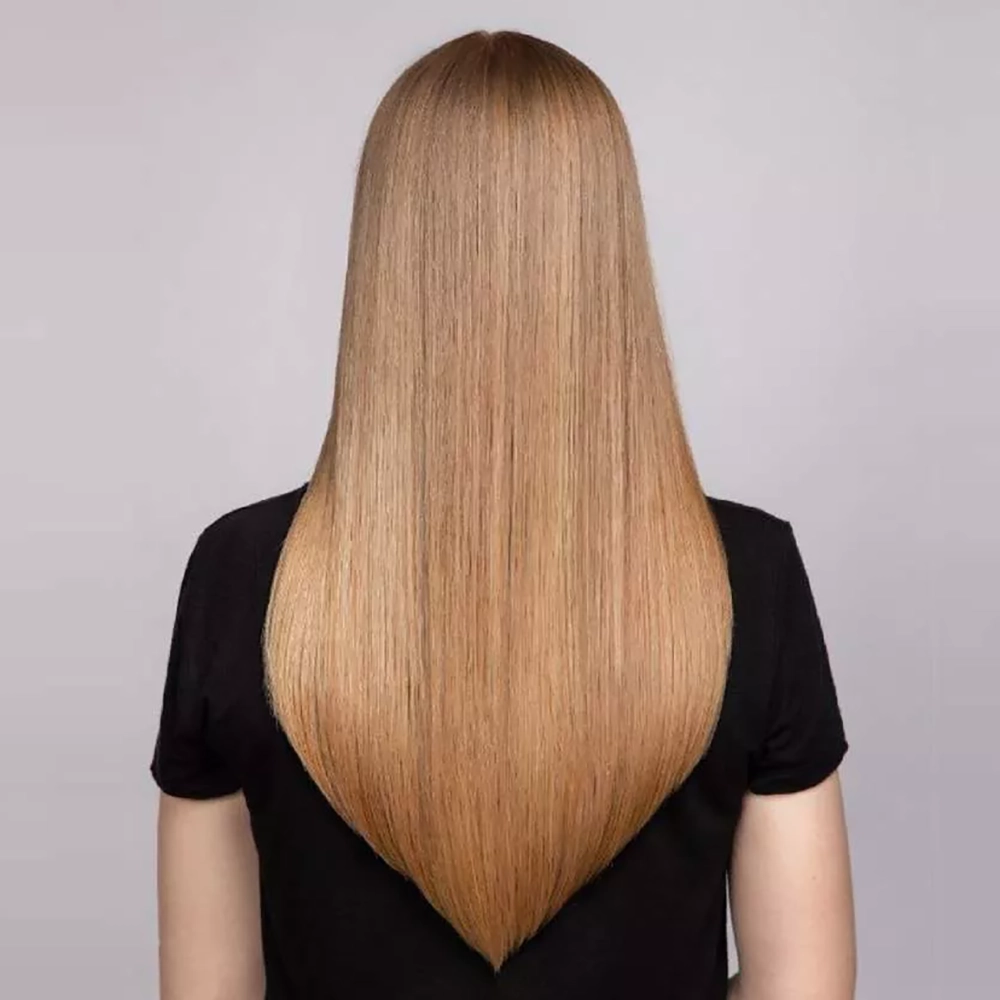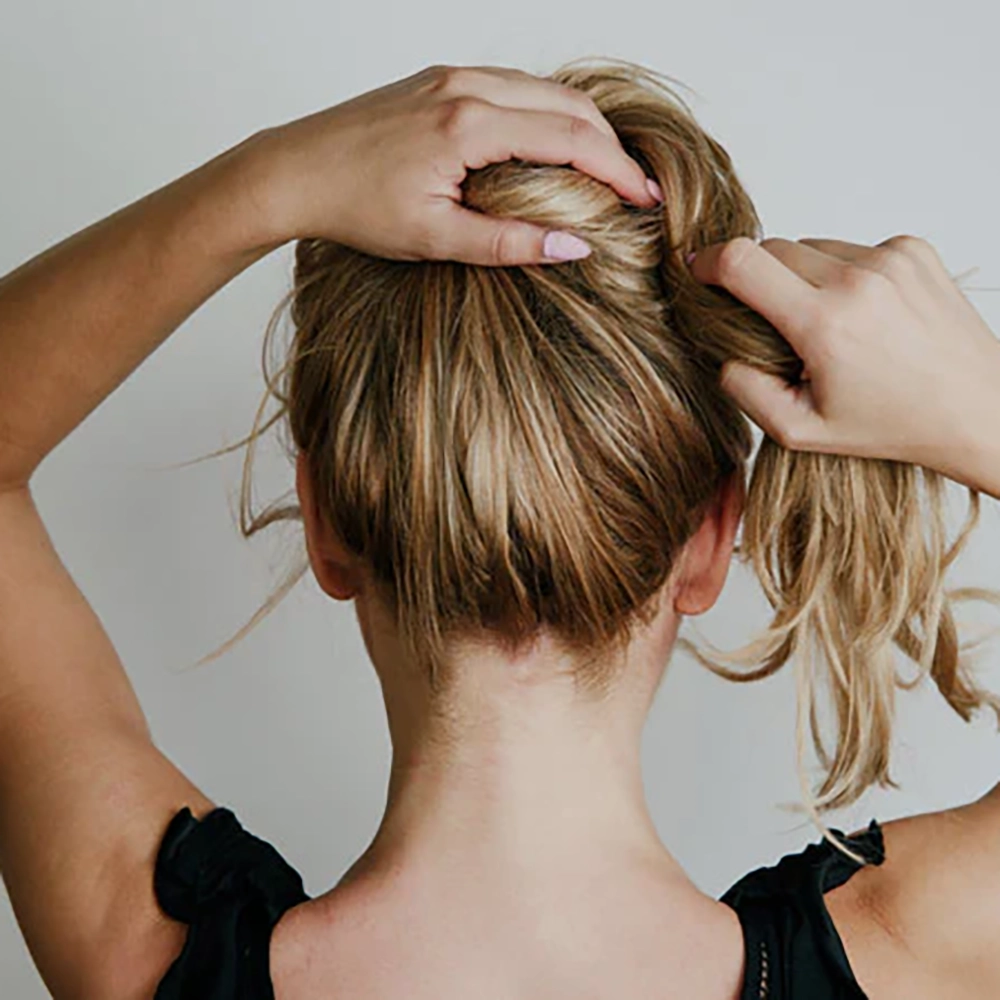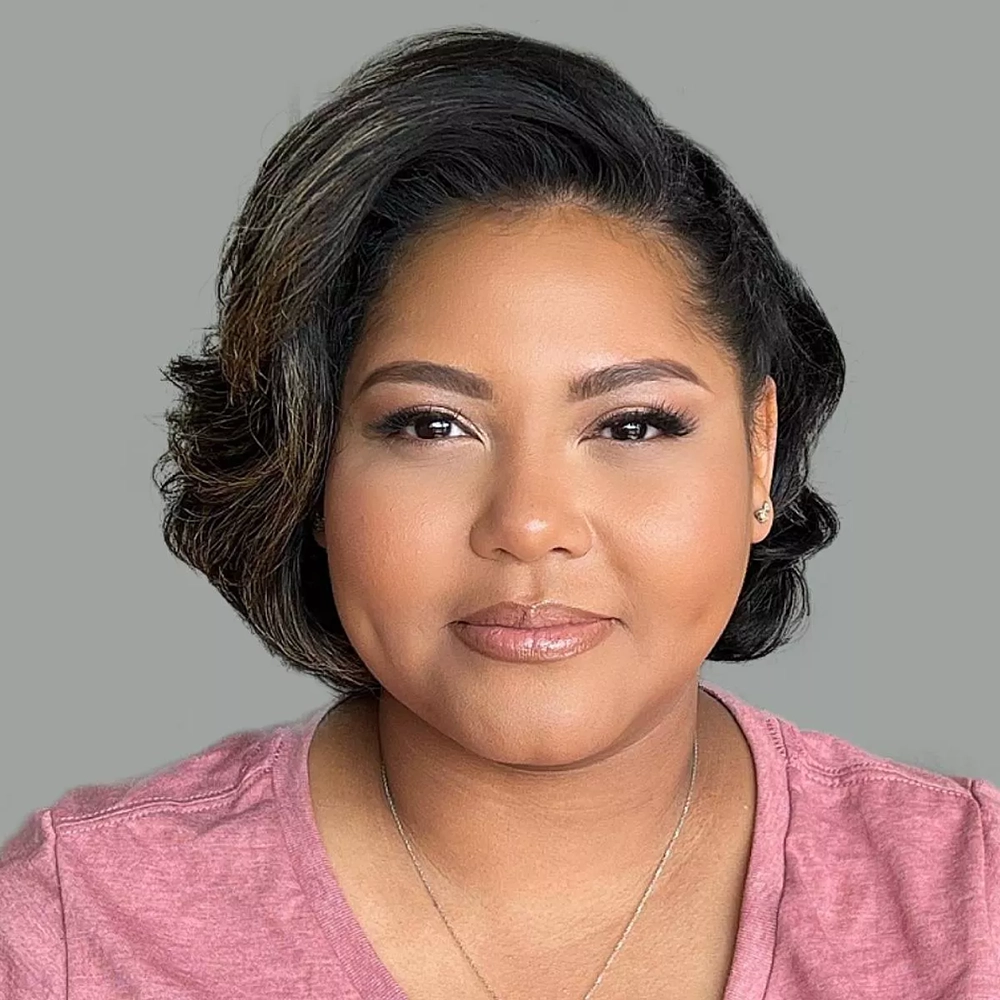Choosing the right haircare products
Choosing the Right Haircare Products
When it comes to haircare, selecting the right products for your hair type and specific needs is essential. With so many options available on the market, it can be overwhelming to determine which products will best suit your hair. However, understanding your hair’s unique characteristics and considering your hair goals can help narrow down the choices. Here are some key factors to consider when choosing the right haircare products:
- Hair Type: Assessing your hair type is the first step in selecting suitable products. Is your hair fine, thick, curly, straight, or somewhere in between? Different hair types have different needs, so it’s important to choose products specifically formulated for your hair type.
- Hair Concerns: Identify any specific concerns you have about your hair, such as dryness, frizz, or damage. Look for products that target these concerns, such as moisturizing shampoos and conditioners, anti-frizz serums, or repairing treatments.
- Ingredients: Pay attention to the ingredients listed on the product labels. Avoid products that contain harsh chemicals or sulfates, as they can strip the hair of its natural oils and cause damage. Instead, opt for products with natural and nourishing ingredients, like argan oil, shea butter, or coconut oil.
| Product Type | Recommended for |
|---|---|
| Shampoo | Cleansing the hair and scalp |
| Conditioner | Hydrating and softening the hair |
| Leave-in Conditioner | Providing extra moisture and detangling |
| Hair Oil | Adding shine and controlling frizz |
| Hair Mask | Deep conditioning and repairing damaged hair |
Remember that what works for someone else may not work for you, as everyone’s hair is unique. Consider experimenting with different products until you find the ones that work best for your hair. Additionally, don’t forget to listen to your hair and adjust your haircare routine as needed. By choosing the right haircare products, you’ll be on your way to achieving healthy, luscious locks!
Protecting your balayage from heat damage
Balayage is a popular hair coloring technique that adds dimension and depth to your hair. It involves hand-painting highlights onto the hair, resulting in a natural, sun-kissed look. However, it is important to protect your balayage from heat damage to ensure that it maintains its color and vibrancy. Heat styling tools like blow dryers, curling irons, and straighteners can all cause damage to your hair, and balayage is no exception. Here are some tips to help you protect your balayage from heat damage:
1. Use a heat protectant spray: Before using any heat styling tools on your hair, make sure to apply a heat protectant spray. This will create a barrier between your hair and the heat, reducing the damage caused by high temperatures.
2. Limit heat styling: While it’s tempting to use heat styling tools every day to perfect your hairstyle, try to limit the frequency of your usage. Instead, opt for heatless styling methods like air drying, braiding, or using foam rollers, which are gentler on your hair.
3. Lower the heat settings: If you must use heat styling tools, adjust the temperature settings to a lower heat. High heat can strip the color and moisture from your balayage, so using a lower heat setting will help minimize the damage.
4. Opt for regular deep conditioning: Balayage-treated hair requires extra moisture and nourishment to stay healthy. Invest in a quality deep conditioning treatment and use it at least once a week to keep your locks hydrated and protected.
5. Protect your hair when swimming: Chlorine and saltwater can be particularly damaging to balayage. Before entering a pool or the ocean, wet your hair with fresh water and apply a leave-in conditioner or a hair oil to create a protective barrier.
By following these tips, you can help protect your balayage from heat damage and keep it looking stunning for longer. Remember, prevention is key when it comes to maintaining healthy and vibrant hair!
| Tips | Description |
|---|---|
| Use a heat protectant spray | Create a barrier between hair and heat styling tools |
| Limit heat styling | Opt for heatless styling methods whenever possible |
| Lower the heat settings | Adjust temperature settings to reduce damage |
| Opt for regular deep conditioning | Nourish and hydrate your balayage-treated hair |
| Protect your hair when swimming | Create a barrier against chlorine and saltwater |
Regularly moisturizing and conditioning your hair
Regularly moisturizing and conditioning your hair is crucial for maintaining its health and appearance. Many people underestimate the power of proper hydration and conditioning, focusing more on styling products or heat-styling tools. However, neglecting to moisturize and condition your hair can lead to dryness, frizziness, and breakage. In this blog post, we will explore the importance of regular moisturizing and conditioning, and how it can benefit your hair.
Moisturizing your hair is essential because it helps to restore and maintain its natural oils. When we wash our hair, we strip away these oils, leaving our strands feeling dry and brittle. By using a moisturizing shampoo and conditioner, you can replenish the moisture lost during washing and prevent your hair from becoming dehydrated. Look for products that contain natural oils like argan oil or shea butter, as these ingredients help to nourish and hydrate the hair.
Conditioning your hair is equally important as it helps to improve its texture and manageability. Conditioners contain ingredients that coat the hair shaft, making it smoother and easier to detangle. In addition, conditioning helps to seal the cuticle and protect your strands from damage caused by styling products and environmental factors. When choosing a conditioner, opt for one that suits your hair type and concerns. For example, if you have fine hair, choose a lightweight conditioner that won’t weigh it down.
- Regular moisturizing and conditioning helps to prevent breakage and split ends.
- Conditioning your hair after shampooing helps to detangle it and make it more manageable.
- Moisturizing your hair keeps it hydrated and prevents dryness and frizziness.
- Using a deep conditioning treatment once a week can provide extra nourishment and repair damage.
- Pay attention to the ingredients in your hair products and choose ones that are suited to your hair type.
| Benefits of Regular Moisturizing and Conditioning | How to Incorporate Moisturizing and Conditioning into Your Haircare Routine |
|---|---|
| Prevents breakage and split ends | Start by using a moisturizing shampoo and conditioner |
| Improves hair texture and manageability | Apply conditioner after shampooing and leave it on for a few minutes before rinsing |
| Hydrates the hair and prevents dryness and frizziness | Use a deep conditioning treatment once a week for extra nourishment |
| Repairs damage and strengthens the hair | Pay attention to the ingredients in your hair products and choose ones that suit your hair type |
In conclusion, regularly moisturizing and conditioning your hair is vital for keeping it healthy, hydrated, and manageable. By incorporating these steps into your haircare routine, you can prevent breakage, improve your hair’s texture, and protect it from damage. Remember to choose products that suit your hair type and concerns, and don’t forget to use a deep conditioning treatment once a week for an extra boost of nourishment. With proper moisturizing and conditioning, you can have luscious, beautiful hair that turns heads wherever you go.
Avoiding exposure to chlorine and saltwater
Exposing your hair to chlorine and saltwater can have damaging effects on its health and appearance. Chlorine, commonly found in swimming pools, can strip the natural oils from your hair, leaving it dry and brittle. Saltwater, on the other hand, can dehydrate your hair, causing dullness and frizziness. To keep your locks looking their best, it’s important to take steps to avoid exposure to chlorine and saltwater whenever possible.
One way to protect your hair from chlorine and saltwater is by wetting it with clean water before entering the pool or ocean. By saturating your hair with fresh water, it creates a barrier that helps to minimize the amount of chlorine or saltwater your hair can absorb. Additionally, applying a leave-in conditioner or hair oil before swimming can provide an extra layer of protection.
Another effective way to avoid exposure to chlorine and saltwater is by wearing a swim cap. This physical barrier prevents the water from coming into direct contact with your hair, minimizing the potential damage. Silicone swim caps are particularly effective as they have a tighter fit and create a more secure seal.
- Wet your hair with clean water before entering the pool or ocean
- Apply a leave-in conditioner or hair oil before swimming
- Wear a swim cap to create a barrier
| Effects of Chlorine | Effects of Saltwater |
|---|---|
| Strips natural oils | Dehydrates hair |
| Leads to dry and brittle hair | Causes dullness and frizziness |
Trimming your hair to prevent split ends
Trimming your hair on a regular basis is essential to maintain the health and appearance of your locks. Split ends can be a common problem, especially if you have long hair or if you frequently use heat styling tools. By regularly trimming your hair, you can prevent split ends from traveling up the hair shaft and causing further damage.
One of the main reasons why split ends occur is due to the wear and tear that our hair goes through on a daily basis. From brushing and styling to exposure to the environment, our hair strands can become weak and brittle over time. As a result, the ends of our hair can fray, leading to split ends.
To prevent split ends, it is recommended to schedule regular trims with your stylist. This can be every 6-8 weeks, depending on the condition of your hair. During a trim, your stylist will remove the damaged ends, leaving your hair looking healthier and preventing split ends from spreading.
- Avoiding excessive heat: Heat styling tools such as flat irons and curling irons can cause damage to our hair, leading to split ends. To protect your locks, it is important to use these tools sparingly and always use a heat protectant spray before styling. Additionally, try to let your hair air dry or use the lowest heat setting on your blow dryer to minimize heat damage.
- Gently detangling your hair: Brushing or combing your hair too harshly can cause unnecessary stress and breakage, leading to split ends. Use a wide-toothed comb or a brush with soft bristles to gently detangle your hair, starting from the bottom and working your way up.
- Using quality hair products: Choosing the right haircare products is crucial in preventing split ends. Look for shampoos and conditioners that are specifically formulated to nourish and strengthen your hair. Avoid products that contain harsh chemicals or sulfates, as they can strip your hair of its natural oils and contribute to dryness and damage.
| Benefits of trimming: | Signs of split ends: |
|---|---|
| 1. Keeps your hair looking neat and healthy. | 1. Frayed or split ends. |
| 2. Helps prevent further damage to the hair shaft. | 2. Hair that appears dull and lifeless. |
| 3. Promotes hair growth by removing damaged ends. | 3. Difficulty styling or managing your hair. |
In conclusion, regular trims are an important part of maintaining the health and appearance of your hair. By preventing split ends, you can ensure that your locks remain strong, shiny, and free from damage. Remember to follow a good haircare routine, avoid excessive heat styling, and use quality products to keep your hair in its best condition.
Using color-enhancing treatments
Using Color-Enhancing Treatments
When it comes to changing up your hair color, there are various options available. One popular choice is to use color-enhancing treatments. These treatments are specifically designed to boost, enhance, or refresh the color of your hair. Whether you have dyed your hair or have natural hair color, color-enhancing treatments can be a great way to add vibrancy and shine to your locks.
There are different types of color-enhancing treatments available in the market. Some are temporary and wash out after a few shampoos, while others provide longer-lasting results. These treatments come in various forms such as shampoos, conditioners, masks, and sprays. Depending on your preference and desired outcome, you can choose the one that best suits your needs.
Using color-enhancing treatments is a convenient way to maintain the vibrancy of your hair color between salon visits. They can help to prolong the life of your hair dye and prevent it from fading. Additionally, these treatments can also provide a quick color boost to your natural hair, giving it an extra pop and shine.
It is important to note that color-enhancing treatments should be used according to the instructions to achieve the desired results. Overapplication or using them too frequently may not give the desired effect and can potentially cause damage to your hair. It is always recommended to do a patch test before applying any new color-enhancing treatment to ensure compatibility with your hair.
In conclusion, using color-enhancing treatments can be a great way to enhance the color of your hair, whether it’s dyed or natural. They provide convenience and allow you to maintain the vibrancy and shine of your hair color between salon visits. Remember to follow the instructions carefully and do a patch test before using any new treatment. So, why not give color-enhancing treatments a try and enjoy a vibrant, head-turning mane?
Booking regular touch-up appointments with your stylist
When it comes to maintaining our hair’s appearance and health, booking regular touch-up appointments with our hairstylist is essential. Whether we have a specific style we want to maintain or simply want to keep our hair looking fresh and healthy, these appointments play a crucial role. In this blog post, we will explore the benefits of booking regular touch-up appointments with our stylist and how they can help us achieve the hair goals we desire.
One of the main reasons why booking regular touch-up appointments with our stylist is important is because it allows us to maintain the shape and style of our hair. Over time, our hair grows, and without regular trims and shape-ups, it can lose its desired look. By having these appointments, our stylist can help us to maintain the length, shape, and style we want, keeping our hair looking neat and put-together.
Another benefit of regular touch-up appointments is that they enable our stylist to assess the health of our hair. During these appointments, our stylist can examine our hair and scalp, checking for any signs of damage or issues that may need attention. This can include dryness, split ends, or even scalp conditions. By catching these problems early on, our stylist can provide the necessary treatments or recommendations to help us maintain healthy hair.


